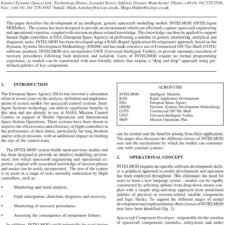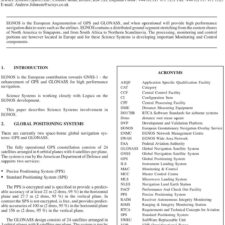Faster-Than-Light Space Warps, Status and Next Steps
£5.00
E. W. Davis (2013), JBIS, 66, 68-84
Refcode: 2013.66.68
Abstract:
Implementation of faster-than-light (FTL) interstellar travel via traversable wormholes or warp drives requires the engineering of spacetime into very specialized local geometries. The analysis of these via Einstein’s General Theory of Relativity demonstrates that such geometries require the use of “exotic” matter. One can appeal to quantum field theory to find both natural and phenomenological sources of exotic matter. Such quantum fields are disturbed by the curved spacetime geometry they produce, so their energy-momentum tensor can be used to probe the back-reaction of the field effects upon the dynamics of the FTL spacetime, which has implications on the construction and control of FTL spacetimes. Also, the production, detection, and deployment of natural exotic quantum fields are seen to be key technical challenges in which basic first steps can be taken to experimentally probe their properties. FTL spacetimes also possess features that challenge the notions of momentum conservation and causality. The status of these important issues is addressed in this report, and recommended next steps for further theoretical investigations are identified in an effort to clear up a number of technical uncertainties in order to progress the present state-of-the-art in FTL spacetime physics.





